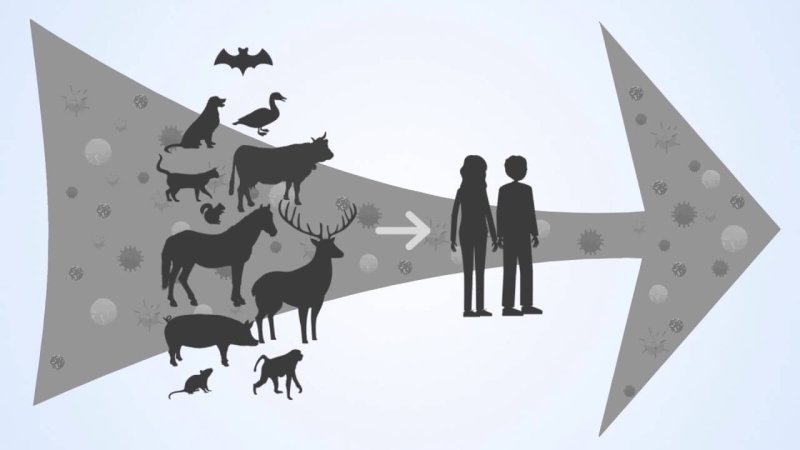Redding and a team of disease ecologists from University College London (UCL) have built a computer model encompassing environmental disturbance and social change such as deforestation and urban expansion, the movement of host animals, expected climate change, temperature, rainfall, types of habitat, even transport links. It has accurately predicted where the last three outbreaks would emerge, though not their timing.
…
“We have used our understanding of how climate and habitat create the conditions suitable for the host animal species which carry the Ebola virus to exist and then where people and these animals are likely to contact each other.”
“There is no reason why this model should not be used to to predict outbreaks of more than 200 other known zoonotic diseases,” says Kate Jones, chair of ecology and biodiversity at UCL, who worked with Redding.































